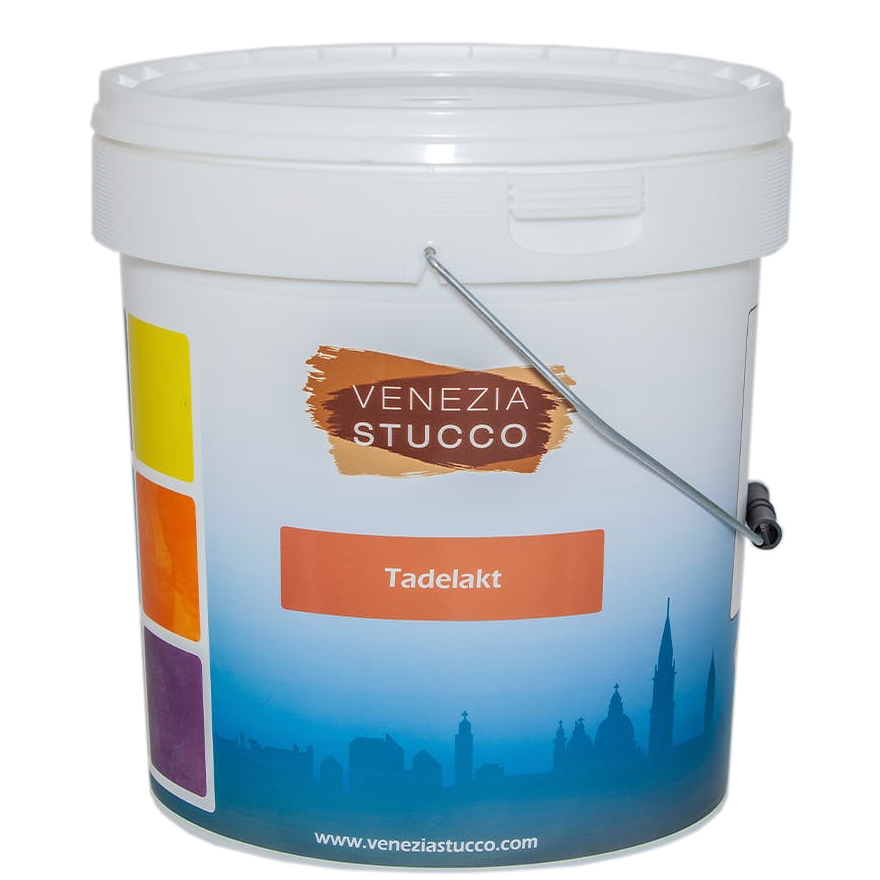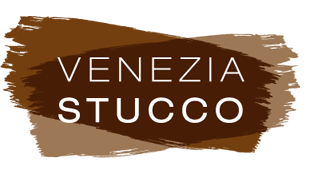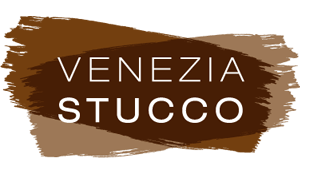Tadelakt fine natural mineral wall finish for wet areas
Tadelakt is a natural mineral lime base wall covering for fine decorative finish on interior and exterior surfaces.
Thanks to his composition and the final top treatment, which makes it completely waterproof, this product is appreciated for its washable property.

Informations and use of Tadelakt
Tadelakt plaster comes from an ancient Moroccan recipe original of Marrakech region where this finish is traditionally used in the typical public bathrooms and in the typical interior courtyards
It has to be diluted with water to obtain an easy to apply paste.
Thanks to the very high PH of Lime (12,5) it is a natural antifungal and antibacterial material.
Colour
Ready to use in white, can be coloured with our colour system or customized for any requested colour,
Packaging
- Tadelakt (in powder form) kg 16 bucket.
Composition
Finely filtered natural hydrated lime, special powdered granules of cooked stone sieved and selected according to granule size of 000 = mm. 0.0 ÷ 0.7, clay powder and special additives (no more than 1% in total volume)
Application cycle
- Preparation of the walls with our Quartz Primer (drywall, wood or any smooth surface) or Normal primer (rough surface or lime base plaster). They can be applied by roller or brush
- On a completely dry base coat of Tadelakt apply one or two wet-on-wet coats with a steel trowel
Protection
Protect with Sapone di Marsiglia - Marseille Soap, Soap for Tadelakt, Natural Wax and Waterproofer.
RELATED PRODUCTS
Protective and Auxiliary Products
(links to the products)
Quartz Primer -
Primer Normal
Sapone Marsiglia-Marseille Soap
Decorative Additives
(links to the products)
Terracotta for Veneziano Medio
Mother of Pearl (Fine, Medium, Coarse)
Historical notes on Tadelakt
Tadelakt is a traditional wall covering formerly used in Morocco to decorate the facades of official buildings and especially to make pools and hammams.
Tadelakt the name derives from the language of the Berbers, ancient peoples who inhabited the North of Africa; comes from the verb “dalaka”, which means to rub, to smooth.
In the absence of written evidence, it is impossible to trace the origins of Tadelakt with certainty, but one of the main hypotheses is that it was the Berbers who discovered the great potential of Moroccan limestone rocks and made the first decorative experiments. Another possible hypothesis is that this technique was implemented in the fifteenth century, shortly before the Reconquista, by the Muslims of Andalusia. According to this version, after the expulsion from Spain, the Moorish populations moved to Morocco, taking their knowledge with them and perfecting the technique.
Exiled, the Muslims who took refuge in Morocco brought with them their know-how, and it is in Marrakech that we find he oldest known example of Tadelakt is the artificial water basin of the Menara Pavilion in the Menara Gardens, a large garden containing orchards and olive groves,in Marrakech
The basin had the function of irrigating the surrounding orchards through an old complex and sophisticated hydraulic system of underground channels: thanks to them, it received pure water from the Atlas Mountains, which are about 30 km from Marrakech. In 1985, UNESCO declared the Menara gardens a World Heritage Site.
In the following centuries the Tadelakt technique was handed down orally, without ever being written, by the maalem (literally "those who know" or "those who possess skills"): this is the honorary title conferred in the Maghreb to masters of art and crafts craftsmen. Over time it became more and more in demand for hammams, palaces and notables' homes.
The Tadelakt was initially used for mainly utilitarian purposes due to its waterproof qualities, being the material, hermetic to water, it was perfectly suited to humid and hot places, such as hammams, places of ablution.
But later, thanks to its unique decorative and aesthetic qualities, it was increasingly used also for the creation of fine finishes and embellish the facades of official buildings.
In Morocco, several contemporary buildings are coated with decorative Tadelakt to showcase the trades and historical skills of the population including the Royal Theatre and the Royal Mansour in Marrakech , Hotel Mogador in Essaouira, or the Twin Center in Casablanca
In modern times this technique has progressively increasingly fascinated designers, architects and in general a clientele sensitive to the issue of sustainability since its composition is completely natural and making Tadelakt one of the products of artisan excellence in the field of green building.


